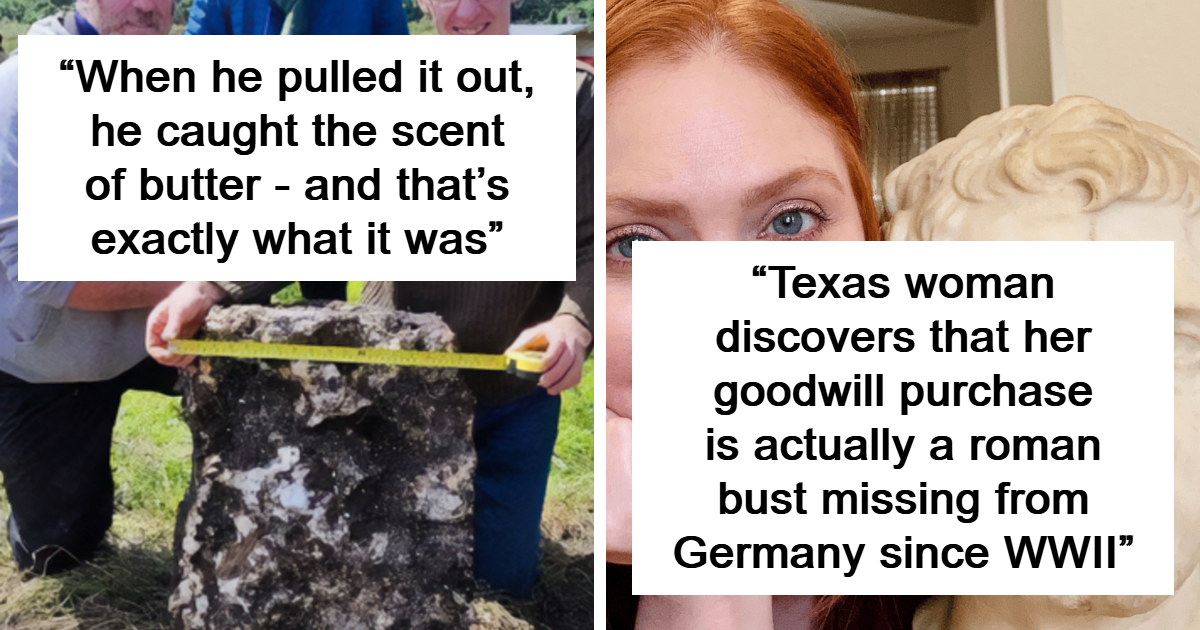45 Mind-Blowing Facts You Never Knew Existed—Prepare to Be Amazed!
Its most precious cargo was the legendary metal orichalcum, a substance so mythic that many researchers long believed it wasn’t actually real. Described in ancient texts as being the color of fire and second in value only to gold, orichalcum remains most famous for its connection to Atlantis, where Plato claimed the metal was mined and used to build glowing temples and citadels. So when orichalcum was found near the wreck of Gela II, not only did the discovery confirm that this storied substance existed, it also gave believers hope that the Lost City of Atlantis is still out there, waiting to be found.




















Post Comment